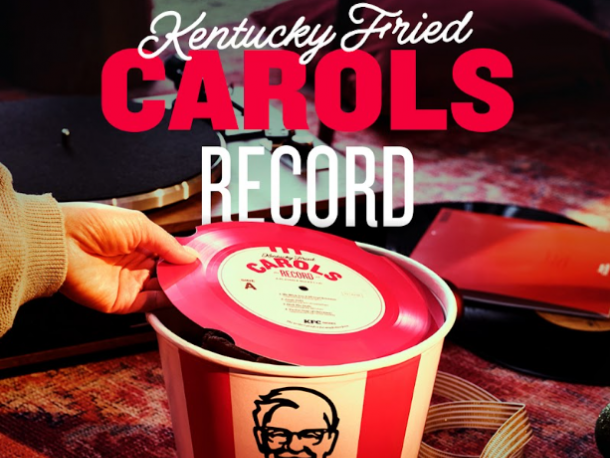While the "mastering differences" subject has been discussed at length I still think in the age of streaming (mostly only the latest and greatest remaster) these differences are under appreciated. As mentioned mastering differences are far more audible than format differences.
I disagree with the last sentence. Perhaps you were comparing best-vs-best for format differences, and best-vs-
worst for mastering differences? That is the only way you could conclude that mastering differences are far more audible than format differences: an unfair comparison.
People completely underestimate, or forget when discussing comparisons, the
internal differences within the vinyl format. If we were to assemble all the record players in the world and line them up from best to worst, the
median unit would be mostly plastic, with a plastic tonearm and a $15 cartridge. If we line them up from best to worst in terms of adjustment and maintenance, the
median unit would likely not be on a level surface, stylus weight nowhere near the spec, VTA unimaginable, azimuth etc etc, stylus dirty or even fluffy. Then we turn our focus to variations in the records themselves. If we were to assemble all the records in the world and line them up from best to worst production when new, the
median unit would be cheap and thin, possibly warped, pressed from a very tired stamper, audibly off-centre spindle hole eccentricity, and have several audible scratches. If we line them up from best to worst in terms of their in-use condition, the
median unit would likely have several more scratches and never been cleaned, while no longer in the dust cover and quite likely living horizontally on a flat surface (which might make the record player envious).
With digital, the above internal format differences due to production and maintenance variations are effectively non-existent or minimal for audibility.
And what about multichannel? I don't know why people implicitly 'dumb down' digital to 2-channel for comparison to vinyl, since limiting digital to 2-channel means it is not best-vs-best. Perhaps it's because vinyl has been left so far behind that a best-vs-best comparison just seems unfair?
But any comparison other than best-vs-best, and the
internal differences within the vinyl format mean it just drops off remarkably.
